President Trump might have been able to build a Riviera Gazza if this were thirty years ago
Trump is right in rejecting the two-state solution. But America building a Middle East Riviera is not a feasible alternative. Here I suggest an alternative, which fits better the Rogue Era.
If you like what you read, copy and share the link, post it on another platform.
Please also subscribe to make sure you will not miss future posts. Subscription is free. Your email will not be used for other purposes. You will receive no advertisements.
Last post, I started on two different explanations for cancer, metabolic and somatic. I will go back to that story but this week I want to make a few comments on the Trump proposal for Gaza and why I think it is a step in the right direction yet unworkable in the new ROGUE age the world is entering.
You will also find short takes on:
An asteroid that has a one-fortieth chance of causing large devastation in 2032
A YouTube video on how we estimate sizes and distances in near and far space
My notes on the new British spy fiction master, Henry Porter, and his debut novel Remembrance Day (he wrote several book afterwards but this is the one I read)
Istanbul - Brisbane price comparison, the trend since July 2024
and the latest on Pascal - Hagi antics.
-+-+-+-+
Many dismiss Trump’s proposal to rebuild Gaza into a holiday town, akin to the Riviera, as unrealistic. But critics fail to present a viable alternative. Repeating the mantra of a “two-state solution” does nothing to address the reality on the ground.
Gaza is not simply a war-torn village awaiting reconstruction. Israeli bombing has reduced it to rubble. Before any meaningful rebuilding can begin, the debris must be cleared. This alone is a monumental task, complicated by Israeli restrictions on heavy machinery and the ongoing threat of Hamas insurgency. Under a traditional two-state framework, with minimal external intervention and under the present circumstances even rubbish removal is an impossible task.
Even if we ignore the physical impossibilities, there are social impossibilities. The people of Gaza now hate Israel. Even those who used to be indifferent but kept quiet out of fear of Hamas, now hate Israel. The result of Israel’s excessive violence could not have been any other way. Until generations change and the wounds heal, it is not possible to expect the people of Gaza to be Israel’s good neighbors — especially while Hamas, which Israel has failed to destroy and perhaps does not want to destroy, will keep scratching the wounds to stop their healing.
So a two-state solution is both physically and socially impossible.
Trump’s vision is not physically impossible. The right equipment and manpower could clean the area and begin construction within months. However, the proposal is fundamentally flawed because it cannot work without securing the area militarily. This is no minor issue—despite its unprecedented bombing campaign, the Israeli military has failed to suppress Hamas. Trump’s plan would require sustained U.S. military involvement, even if all Arab neighbors agreed to it. But Trump is unlikely to deploy American troops to Gaza. His political platform centers on reducing U.S. military commitments abroad to focus on domestic priorities.
His reluctance isn’t driven by pacifism but by pragmatism—he understands that American military posturing no longer yields the economic benefits it once did. The global security framework maintained by the U.S. increasingly benefits Chinese traders and businesses at little cost to China itself, fueling its economic rise. The only real beneficiaries of prolonged U.S. military engagement are American defense contractors, who overwhelmingly backed the Biden-Harris ticket in the last two elections—and lost1.
Understanding Today’s Shifting Global Order
Before outlining my own proposal for Gaza, we must recognize that the geopolitical landscape has changed dramatically since Israel withdrew from Gaza in 2005, paving the way for Hamas’s rise in 2006. Back then, the U.S. and its allies maintained a rules-based global order with no credible alternative to American hegemony. If Washington had truly wanted a two-state solution, it could have enforced it then.
Today, the U.S. remains a dominant power, but it is weaker economically and more cautious militarily. The world is transitioning into what I called the ROGUE era in 2023—a time of rapid development, upheaval, and unpredictability.
Not a Simple Power Replacement
This is not a straightforward transfer of global leadership from the U.S. to China. In the late 19th century, Britain smoothly ceded its hegemonic role to the U.S. Today’s situation is different. China is neither ready nor eager to assume the responsibilities of global leadership. Instead of a single new superpower stepping into the vacuum created by the US decline, we are witnessing a fragmented, multipolar world.
The Thucydides Trap Doesn’t Apply
Unlike historical great-power rivalries, this shift does not fit the classical Thucydides Trap, where an emerging power inevitably clashes with an established one. China’s rise has been primarily economic and technological, not military. It has never expressed global geopolitical ambitions akin to the U.S. Instead of an imminent U.S.-China war, we are seeing a broad diffusion of power across multiple countries. For example,
• China is growing economically and technologically but is not assuming a full-scale military leadership role.
• India is becoming a major geopolitical player, particularly in Asia.
• Turkey is expanding its regional influence, particularly in the Middle East and Central Asia.
• The EU remains a significant economic and regulatory power.
• Russia plays a disruptive but influential role, particularly in security and energy.
• BRICS nations are positioning themselves as an alternative economic bloc.
A Better Analogy: The Fall of Pax Romana
A more fitting historical parallel is the decline of Pax Romana—the Roman Empire’s period of stability. When Rome weakened, no single power replaced it; instead, Europe fractured into competing states, leading to centuries of shifting alliances and regional conflicts. Similarly, as U.S. primacy wanes, no single entity—China, Russia, or the EU—can single-handedly impose a new global order.
U.S. Still Strong but Reluctant to Lead
Contrary to popular belief, the U.S. economy has not declined in relative terms. In 1991, its share of global GDP was 26%. Today, it remains 26%. However, the composition of its economy has changed. Manufacturing has shrunk, replaced by growth in services such as technology, finance, and healthcare. The only manufacturing sector that hasn’t declined? Defense.
U.S. military spending remains at 1% of global GDP, unchanged from 1995. So why is the American public now less willing to embrace global policing? Two key reasons stand out:
1. The economic benefits of U.S. military dominance have accrued to multinational corporations, not to the average American taxpayer.
2. The need to “keep trade routes open” is now more beneficial to China than to the U.S., even though the policing costs remain largely American.
This explains the success of Trump’s Make America Great Again (MAGA) movement. It is not just a populist aberration—it signals a deeper breakdown in elite consensus over the U.S. global role. Until a new consensus emerges, American political discourse will remain turbulent.
The Real Losers of China’s Rise
If America’s share of global GDP remains unchanged, who lost ground to make space for China? The answer: Japan and Russia.
Since 1991, China’s GDP share has surged from 2% to 19%. Japan, once the world’s second-largest economy, saw its share collapse from 18% to just 4%—a near mirror image of China’s ascent. Russia, too, suffered economic decline.
Trump Understands This New Reality
Unlike many traditional policymakers, Trump appears to grasp these geopolitical shifts. His emphasis on national interest over alliances, his skepticism of multilateral agreements, and his transactional diplomacy reflect an understanding that the old unipolar order is gone.
What Does This Mean for Gaza?
Trump’s Gaza proposal contradicts these new geopolitical realities:
• It is not a local solution—it depends on external enforcement.
• It requires a long-term U.S. military presence in the Middle East.
• It offers little clear benefit to the American public.
While acknowledging the failure of the two-state narrative is refreshing—since everyone knows it is unworkable—proposing a U.S.-controlled enclave in Gaza is equally impractical.
Different Solutions for Gaza and the West Bank
Gaza and the West Bank are separate territories with distinct histories. In 1948, Egypt occupied Gaza, while Jordan occupied the West Bank—neither with the intention of creating an independent Palestinian state. Had the Arab nations not attacked Israel in 1967 and 1973, Gaza might still be considered Egyptian land, and the West Bank part of Jordan.
There is no inherent reason these two territories must form a single state.
Gaza Under Third-Party Administration
An independent Gaza, separate from the PLO-controlled West Bank, should be considered. However, Gaza is not currently capable of self-governance. The most viable option is a temporary third-party administration, akin to placing a bankrupt company under receivership.
Historical precedents exist. After World War II, Papua New Guinea was administered by Australia under a UN mandate before gaining independence.
The administering power must not have territorial ambitions in Gaza. This rules out Egypt, which once sought to annex the strip, and Israel, which has its own vested interests.
Turkey may be the best-placed candidate for this role.
• Turkey already plays a major role in Syria.
• It has the regional influence and logistical capacity to manage Gaza.
• Saudi Arabia, Egypt, and the UAE are wary of Turkey’s Islamist leanings—but Erdogan is gradually moving away from political Islam, as his domestic elite advises a strategic shift.
This is an unconventional idea, but stranger things have happened in the Middle East. The key obstacle remains Turkey’s unresolved Kurdish conflict—until that issue stabilizes, Turkey cannot project power effectively in Gaza.
Conclusion
The world is shifting toward a multipolar system, where no single nation dictates global order. Trump’s Gaza proposal fails because it contradicts these realities. The best path forward for Gaza is third-party administration, with Turkey as a potential candidate. This is not a permanent solution, but a necessary step toward eventual self-governance.
-+-+-+-+
Short Takes
Close Encounter expected in 2032
In December 2024, the Minor Planet Center (MPC) of the International Astronomical Union (IAU) reported the discovery of an asteroid designated as 2024 YR4. The asteroid is expected to pass close to Earth on 22 December 2032. Since we do not have the exact trajectory data, we cannot tell how close an encounter that will be. The following image taken from the European Space Agency web site shows the risk corridor. The red line is a Monte Carlo simulation comprising 500 points showing where the asteroid might pass. The risk is higher where the red dots are denser. The probability of a direct Earth hit is 1 in 40 based on this simulation.
The size of the asteroid is estimated to be 40 - 90 m. This is comparable to the asteroid that exploded above Tunguska on June 1908. Local eyewitnesses at that time reported massive forest fires, and trees blown over for miles. The consequences would be enormous if a similar asteroid hits a populated area today.
The Asteroid 2024 YR4 is now moving away from the Earth and will soon be out of the range of ground-based telescopes. The space-borne Webb telescope will study it in infrared light as long as it can. The asteroid will return again in 2028 and by that time we should have a better prognosis but, then, there may not be much time left to do something if the prognosis is a likely direct hit.
Admittedly, we have had similar near misses before:
2012 DA14 (size=40 m) passed within 27,700 kilometers of Earth in February 2013.
2019 OK (size=57-130 m) passed within 65,000 kilometers of Earth in July 2019. It was detected just days before its closest approach.
-+-+-+-+
DOGE vs USAID
Elon Musk’s DOGE started its campaign of trimming fat in US government with the agency USAID. The name implies this is an Aid agency but it is not. The acronym stands for US Agency for International Development and it has been the conduit for US dirty deeds. The deeds CIA can no longer authorise since the Church Committee investigations of the 1970s. Now that we know USAID fed the journalists around the globe millions of dollars to control the global narrative and sometimes even to control the narrative back in the United States, everytime I read a journalist crying against Elon Musk and his destruction of the US global charity work, I cannot help asking myself how much that journalist was getting paid by USAID.
There was a very interesting Joe Rogan interview last week:
Rogan’s guest, Mike Benz, is very convincing. I have just listened to it and do not have time to summarise it here but I thought I provide the link.
-+-+-+-+
YouTube Video
In ancient Greece, Aristotheles managed to measure the diameter of the earth. They also measured the distance to the moon and the size of the moon and the sun. How did they do that? And how do astronomers today are able to measure the sizes of remote objects and the distances? This video tells us how. It is 30 minutes long but worth watching if you are a nerd like me and have an interest in these things.
The producer is 3Blue1Brown, one of the best math visualisation channels on YouTube. The narrator is Terence Tao, an Australian-American mathematician, Fields medalist, and professor of mathematics at the University of California, Los Angeles (UCLA), where he holds the James and Carol Collins Chair in the College of Letters and Sciences. Tao was born to Chinese immigrant parents in 1975 and raised in Adelaide, Australia.
-+-+-+-+
Diary
Brisbane’s Fake Metro
Brisbane is constructing a cross-river tunnel to replace its railway bridges. Some time ago, I also heard that the Brisbane Metro was coming to the University of Queensland. Initially, I assumed this was a new train link connected to the cross-river tunnel—that would really be good for the campus. However, I soon realized they were actually referring to long buses.
What they call a metro is essentially a 24.4-meter-long, battery-powered bus. While it features metro-style electro-hydraulic doors, its exterior unmistakably resembles an oversized bus rather than a rail-based transit system.
The seating inside resembles what you would find in a subway carriage.
The project cost around $1.7 billion dollars, twice the original estimate. This includes 60 electric metro buses and upgrades to the part of the existing busways to accommodate the longer buses.
-+-+-+-+
The Slow Death of Shopping Centres
Brisbane, a sleepy country town when I arrived in 1982, began to transform after World Expo 88. One of the most striking additions to the city was the Myer Centre, which opened in April 1988. At the time, it housed the second-largest department store in Australia, a symbol of Brisbane’s growing ambition.
But the era of massive shopping centers has faded. The Myer department store closed a couple of years ago, and when I finally revisited the center last week, it was a shadow of its former self.
Superficially, the building still looks impressive, but most of its tenants are now low-turnover craft shops, likely surviving on reduced rents. Once, a dragon roller coaster snaked through the upper levels, a thrilling attraction for families.
That, too, is long gone—along with the vibrancy that once defined the space. Now, the Myer Centre stands like an aging grand dame—dignified but past her prime.
The decline of shopping centers isn’t solely due to online retail. Demographics also play a role. For families with young children, a trip to the shopping center was once an affordable outing, which is why the Myer Centre had its famous dragon ride. But today, there are fewer families with fewer children than there were thirty years ago. Times are a-changing.
-+-+-+-+
Star Casino eclipsed
The Myer Centre stood for nearly forty years. Now, another flashy addition to the cityscape—the Star Casino, which opened in August 2024—is already teetering on the edge of bankruptcy.
Here’s a selfie with the Star Casino buildings in the background:
Many experts have different theories on why the casino is failing. In my view (not based on any facts known to me), the primary reason lies in China’s anti-corruption policies. These measures have not only restricted the flow of loose money but also made wealthy individuals hesitant to flaunt their fortunes in overseas gambling dens.
A development of this scale cannot survive on Brisbane’s local gamblers alone. It was built with high-rollers in mind—the kind of players who can casually drop a million dollars at the table in a single night. Without them, the Star Casino was doomed from the start.
-+-+-+-+
Avocado shortage
The avocado season in Brisbane is the first half of the year. The rest of the year we get our avocadoes from Western Australia. This year Western Australian crop failed and for six months the offering in the markets was very poor. Some avocadoes were imported from Chile but they were small and the flesh looked and tasted like plastic:
Fortunately, the Queensland avocadoes started coming back two weeks ago.
-+-+-+-+
Bridge Fridays start again
After the Christmas break, our fortnightly bridge nights are back. We opened the year with tandır kebab courtesy of our host, Faruk. It was beautiful.
-+-+-+-+
Santorini
The tremors on the Santorini island continue. Seismologists say that the earthquakes are tectonic rather than volcanic in origin. A new volcanic outburst on this young volcanic island would of course be devastating.
We were in Santorini in 2016 and enjoyed it very much. Here I am, tasting Santorini wines in July 2016:
"The Union of Santorini Cooperatives, SantoWines was founded in 1947. Today, it consists of the largest organization of the island representing all the cultivators and counting 1.200 active members" said on the web site. We tasted a set of dry red (Crescendo, Vedema, Mavrotragano, and Kameni) and a set of dessert wines (Santorini Vinsanto, different vintages). Crescendo was my favourite. More on our Santorini trip can be found on the Google blogger I was keeping in Turkish in those days.
I hope the geology settles soon without permanent damage to the island and the residents go back to their island homes.
-+-+-+-+
Pascal Hagi
Pascal loves talking to Meliz. This is one of those occasions when the two have a brief chat. You do not see Hagi except at the beginning. He was standing at the back and listening to the conversation.
The Books I Read
-+-+-+-+
Henry Porter, Remembrance Day
The Amazon algorithm rarely delivers interesting recommendations, but Henry Porter was an exception.
Porter is a worthy successor in the British spy novel tradition. I recently read his debut book.
Set in 1998, Remembrance Day follows thirty-four-year-old Con Lindow, a brilliant biologist who grew up in Ulster during the Troubles. After studying and working at MIT in Boston, where he secured a few lucrative patents, he returns to London for a term position at Imperial College. The novel opens with Con waiting on Clarence Street for his estranged brother, Eamon, whom he hasn’t seen since leaving for the U.S. Then, a bus explodes with devastating force. Though Con escapes with minor injuries, his Irish background draws police suspicion, setting off a story full of twists and intrigue.
I’ve written about the Troubles before, yet the sheer brutality of the conflict never ceases to astonish me. The disregard for human life was universal. Some of the worst atrocities were committed by the security forces—whose superior officers compounded the violence by framing the innocent in protection of their people and their own positions. In this world, everyone is flawed to some degree; there are no angels.
‘Every one of those IRA gunmen died from a shot to the head, usually a bullet from a Browning handgun, as I recall. Doesn’t make such a mess. But you know what? They could never find a hole in the balaclavas that the gunmen wore. And why was that? It was because the SAS soldiers removed the balaclava, took a good look at the guy, finished him off then replaced the balaclava. …’ ‘You’re talking like a Provisional, Mary.’ ‘… I can empathise with both sides. But I belong to neither.’
Remembrance Day. Kindle Edition.
-+-+-+-+
Comparing Istanbul and Brisbane prices - AT index
Based on my basket of goods, Australia is 54% more expensive this week compared to Istanbul. Both Coles (AU) and Migros (TR) prices are expressed in Turkish liras for the items in the basket on 16 February 2025. I converted Coles prices to Turkish liras at the exchange rate of 1AUD=23.02 TRY.
The y-axis in the following chart is
The trend (the red dotted line) is rising, which means that, since 5 July 2024, the Turkish prices are slowly approaching the Australian prices. Some items, e.g. beef mince, is more expensive than in Brisbane and has been consistently so since I started this chart.
The code to create the above tables and the plot is in my github repository and can be downloaded if you are interested.
“Military contractors poured $4,440,605 into Kamala Harris’s campaign—more than double what they contributed to Donald Trump. Yet, even with the support of establishment figures like Dick Cheney, their favored candidate fell short.” (Dennis Kucinich Report)
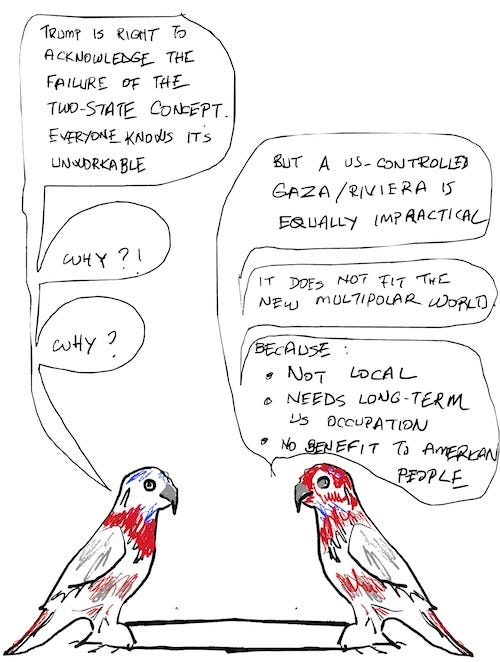
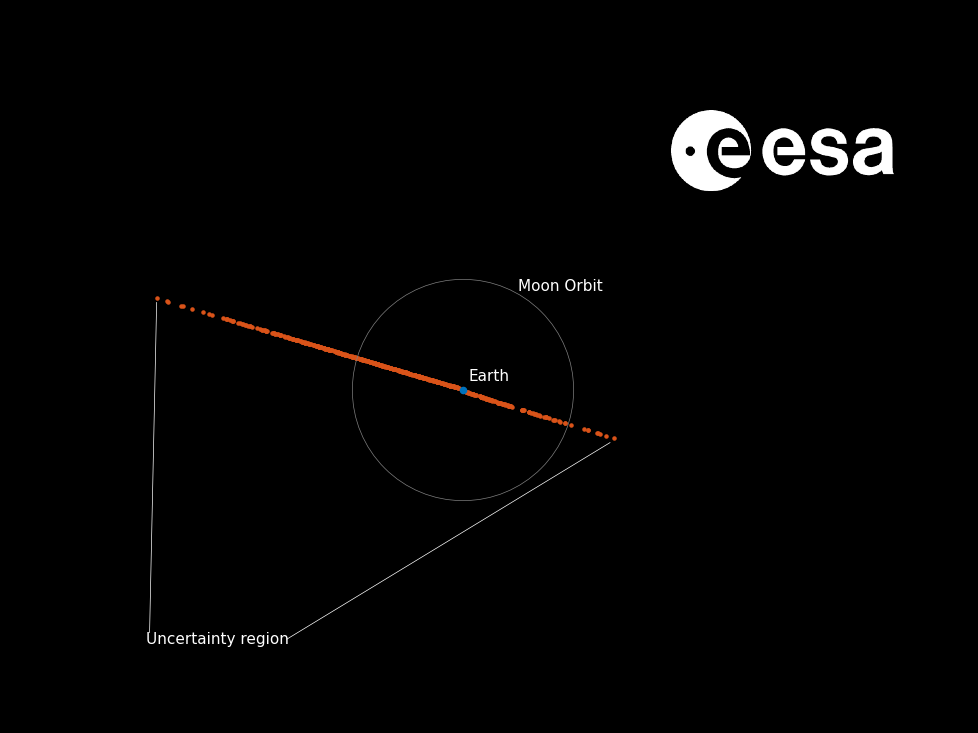


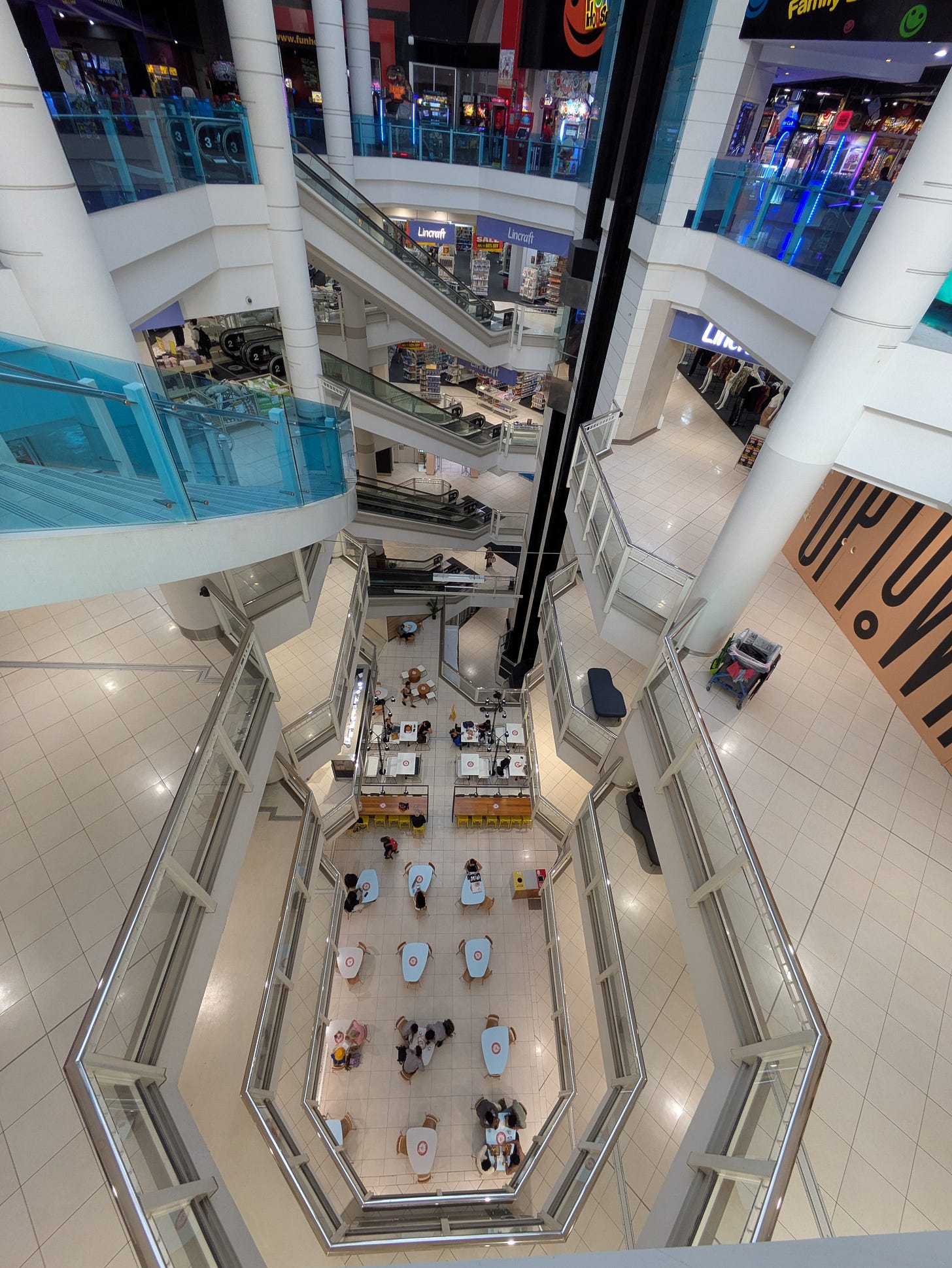

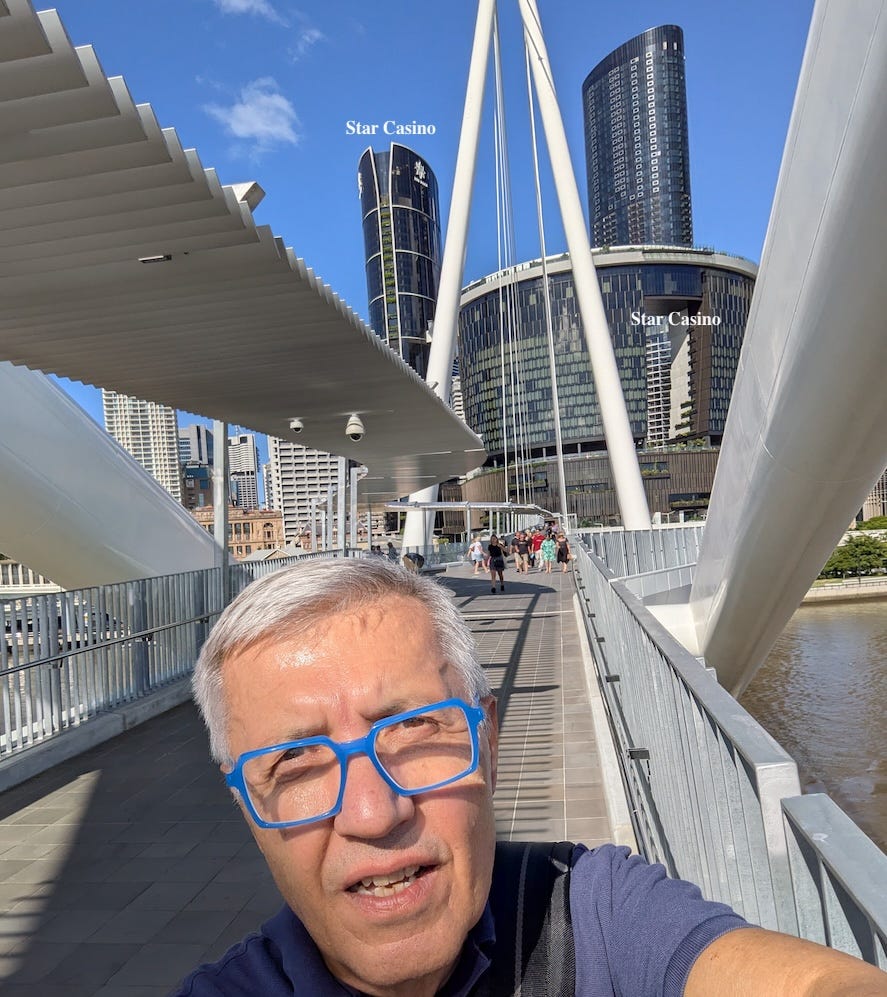
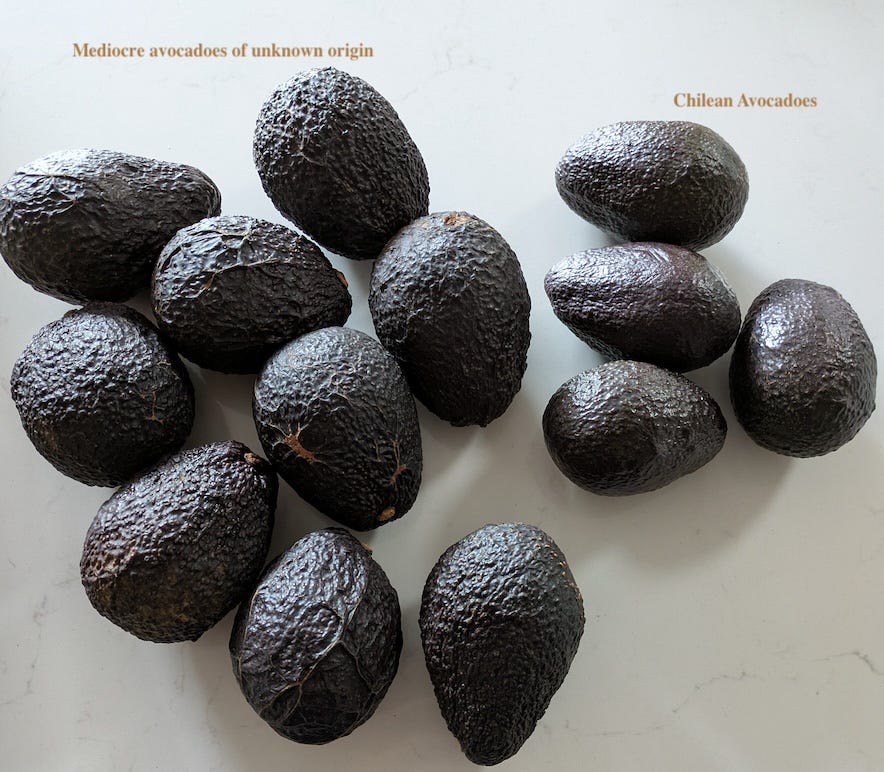
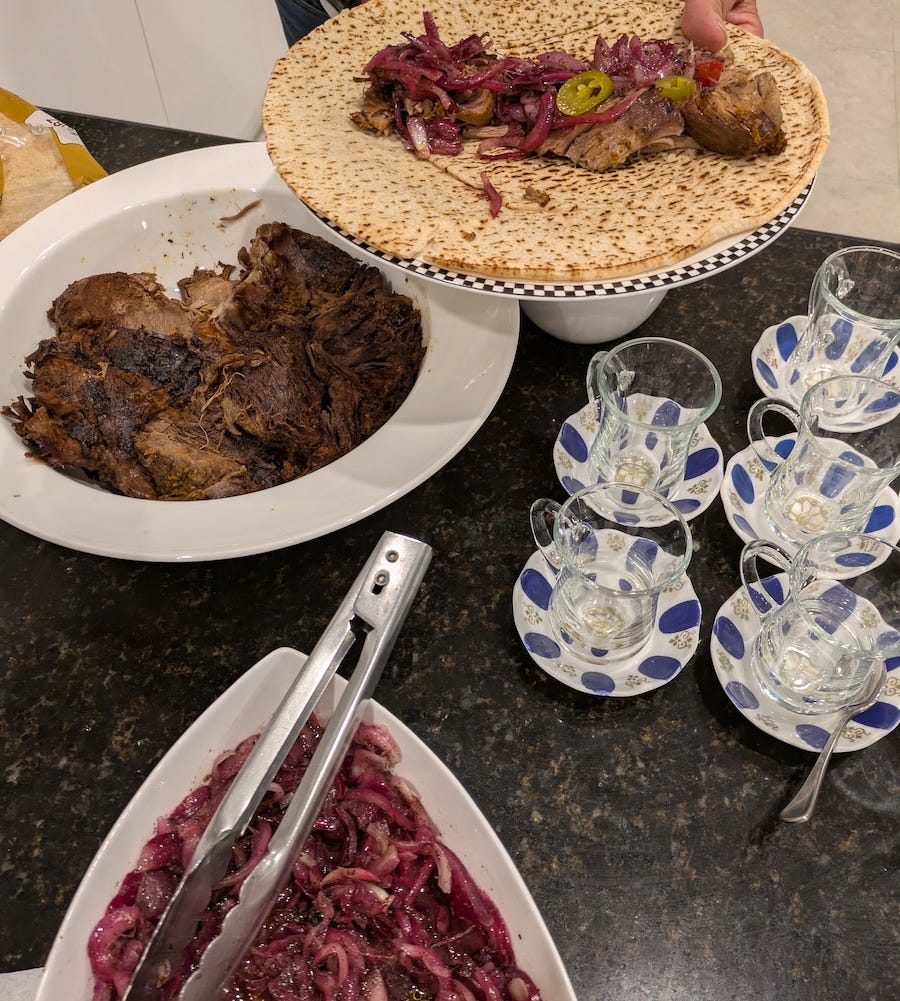



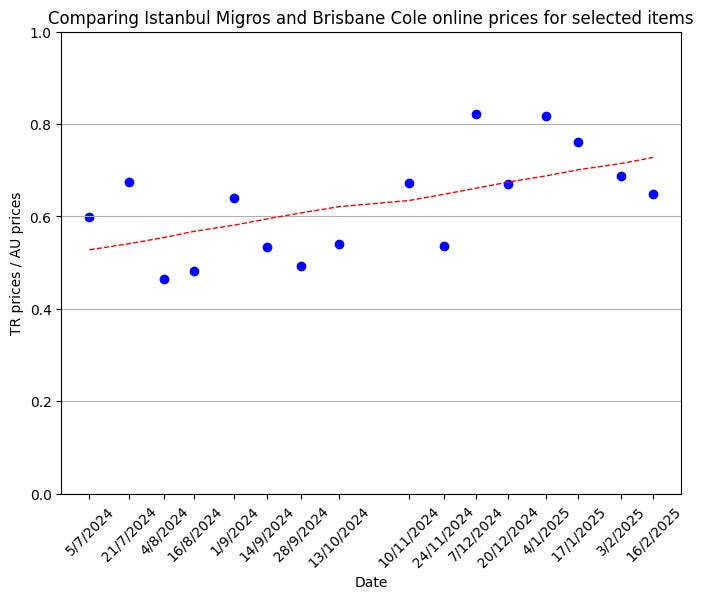
Hi Halim, Enjoying your writings.,About Gaza you have a quite unorthodox yet valuable idea which could have worked even more efficiently only if Turkey had not been under immense pressure of foreign debt spiral.I don’t mean to imply that Turkey lacks additional resources required for reconstructıon in Gaza but rather Turkey may not be accepted as an independent and neutral state while governing and taking decisions.Even within Turkey the administration seems to be operating under excessive foreign influence despite and counter to popular claims. Yet it is worthwhile to elaborate on your idea and pursue it at all possible international fora . One reminder for your future assessments on Gaza: The economic value of the huge hydrocarbon reserves in the east Mediterranean basin .
Thanks for the insightful comment. Turkey does not have the cash but maybe a Saudi-Turkish-UAS consortium may work for Gaza. Your point about the East Mediterranean reserves (Leviathan?) means that most of the current players would probably prefer an independent Gaza that they all hope they can manipulate.